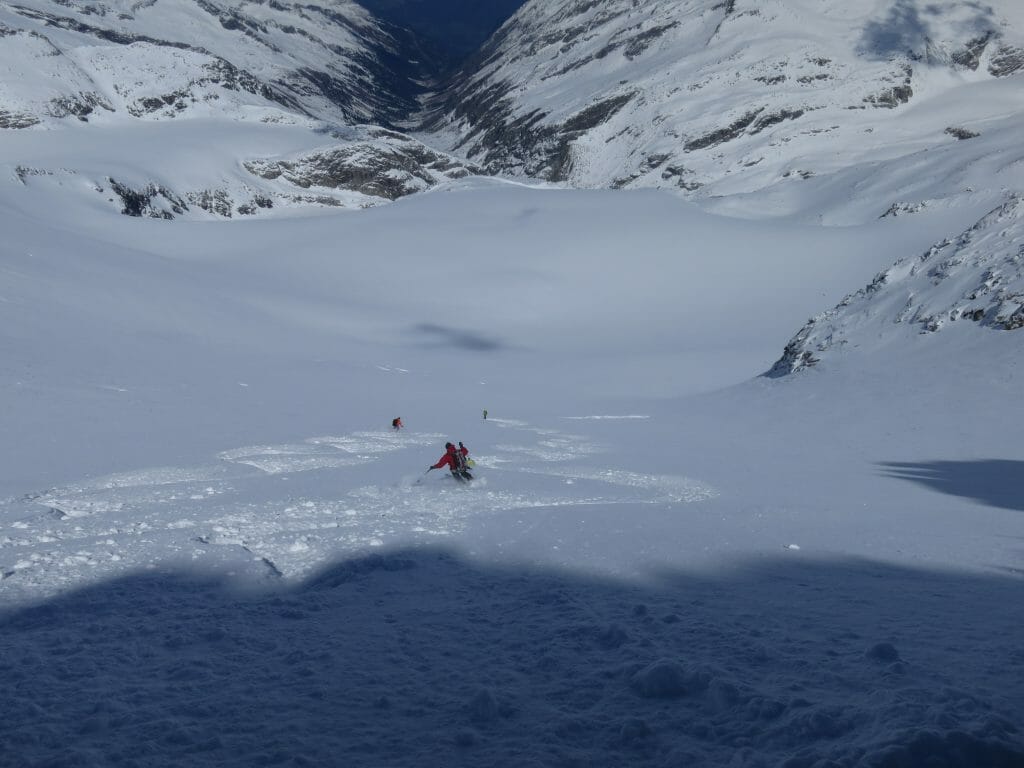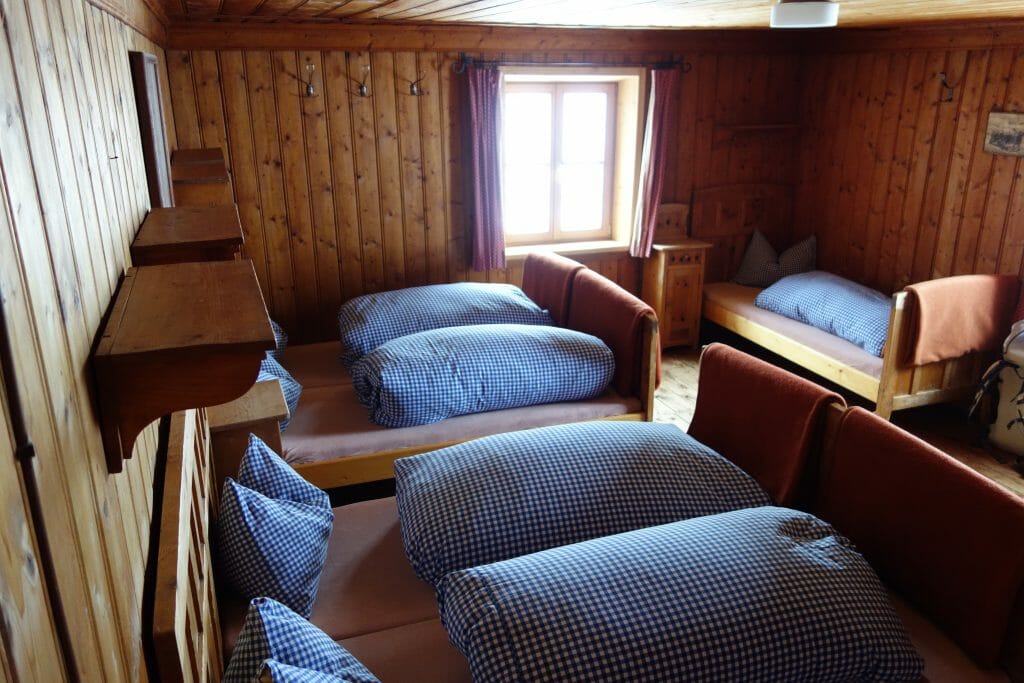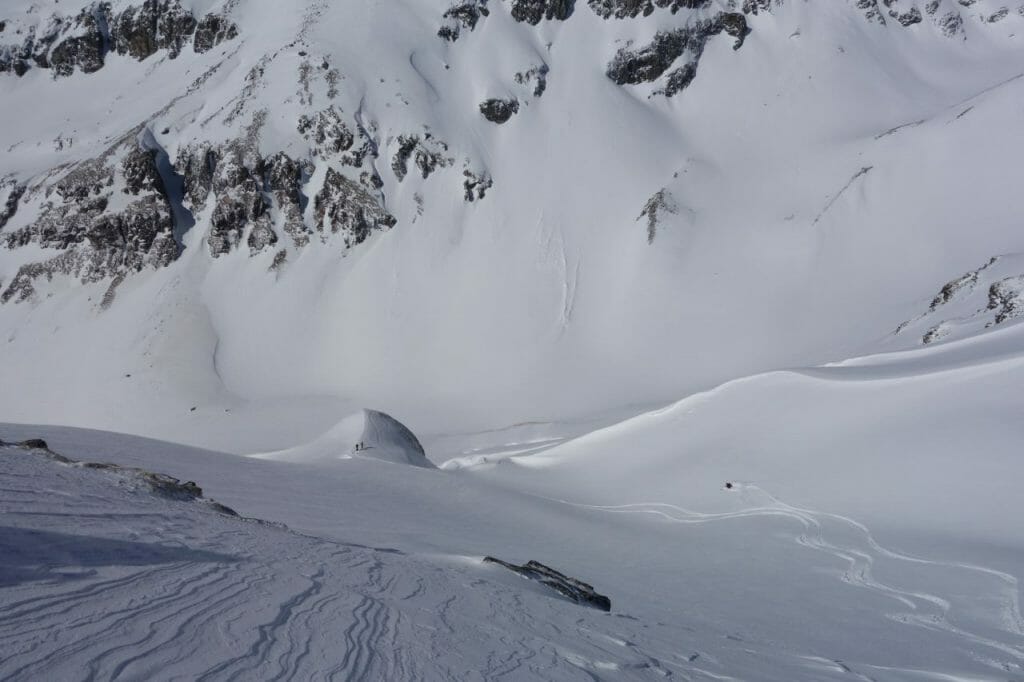The spring ski-touring season is close at hand. And as we’ve seen a surge of interest from our athletes, both coached and those following plans, in prepping for long ski tours across the globe, many have asked me for my hut-to-hut ski touring gear list. I developed this list over the past decade spent guiding hut-to-hut ski trips in Europe, such as the incredible HochTirol (High-Tyrol) Traverse through Austria’s wildest mountains and the much more famous (and much more crowded) Chamonix-to-Zermatt Haute Route.
This gear list, like any such list, can be modified for your needs. I suggest fine-tuning it to your exact objective and the expected weather and conditions.
Of course, before you go, make sure to take care of your fitness!
-by Uphill Athlete co-founder Steve House
Steve House’s Hut-to-Hut Ski Touring Gear List
SKIING EQUIPMENT
- Alpine touring skis, telemark skis, or snowboard (split-board or with short approach skis). Skis should be a minimum of 85mm underfoot and a maximum of 105mm. Wider skis get very heavy and impact your ability to tour uphill. Narrower skis are more appropriate for late-season tours and traverses. I use the Kaestle TX82. My wife, being from Austria, imposes a strict rule that our family is only allowed to ski on skis made in Austria. Not a hardship, believe me!
- Alpine touring (ski) or snowboard boots. Typical downhill ski boots do not work for touring. People spend days discussing ski boots, but the single most important component of a boot for a weeklong tour is fit. They have to fit you well and be comfortable to wear every single day.
- Adjustable ski poles. I prefer two-piece carbon poles with a flick-lock style adjustment system.
- Climbing skins. These must fit your skis perfectly. A good-fitting skin covers all of the p-tex base, but leaves all of the metal edge exposed. Nothing tests your skins like daily use with often-inadequate overnight drying. Make sure they’re relatively new with excellent glue.
- Ski brakes. Recommended. Retention leashes may be preferred for tours that cross glaciers.
- Ski crampons. Mandatory for spring tours.
- 2 ski straps. The typical rubber-based ski strap has many purposes.
- Skin wax. One bar per group.
SNOW SAFETY EQUIPMENT
- Avalanche transceiver with new batteries
- Avalanche probe
- Rescue shovel. Flat-backed metal blade is recommended.
- Pack. 25–40 liters, depending on tour type.
- Small personal first-aid kit, including blister care
- Avalung, Avalung pack, or ABS pack. Should be considered situationally.
- Emergency locator device, 1–2 per party
GLACIER EQUIPMENT
Only for glaciated or technical tours:
- Ski touring rope. I use a lightweight 30-meter 8mm rope for most glacier-tours.
- Ice axe. A lightweight 50-to-60-centimeter straight-shafted ice axe is preferred for most situations. A technical ice tool will also work.
- Boot crampons. Aluminum crampons with an attachment system designed for ski boots are preferred.
- 1 ice screw, 19–22 centimeters in length
- 2 lightweight locking carabiners
- 2 lightweight nonlocking carabiners
- 1 60-centimeter nylon or Dyneema sling.
- Belay/rappel device. A lightweight device is preferable. Make sure it works with your rope.
- Climbing or ski helmet. Situationally appropriate.
- Small ascender like Ropeman or Tibloc (optional)

CLOTHING
Bring all necessary under, mid-, and outer layers appropriate to the area and season. The following is a good example for normal winter conditions:
- High-quality, stormproof jacket with a hood. Example: Patagonia M-10 Jacket
- Lightweight wind/weather shell. Example: Patagonia Houdini
- Soft-shell (or ventable hardshell) pants. Should fit over boot cuff and have integrated gaiter that works with your boots.
- Midweight fleece shirt or jacket. Example: Patagonia Nano-Air Light Pullover
- Long underwear top with zip-tee/neck coverage; either synthetic or wool.
- Long underwear bottom; either synthetic or wool.
- High-quality, packable insulated parka appropriate to temperatures and forecast. If a lot of snow or bad weather is forecast, consider opting for a synthetic parka instead of down (aka “puffy jacket”).
- Winter gloves, 2 pairs: 1 light, 1 medium-weight.
- Mittens. Lightweight mittens are an important asset, especially in an emergency situation. Very warm gloves may work as well.
- Warm hat
- Sun hat
- Balaclava or neck gaiter
- Ski socks. Typically 2 pairs for up to one week.
- Women’s knee-high nylon stockings. Yes, you read that right. GREAT for blister prevention.

OTHER ACCESSORIES
- Headlamp. Lithium batteries are more expensive, but lighter than alkaline batteries and they perform better in the cold.
- Sunglasses
- Goggles. I prefer yellow-colored lenses that work well in cloudy conditions.
- Sunscreen, SPF 30 or greater
- Lip balm, SPF 30 or greater
- Butane lighter (optional)
- Ear plugs. Crucial for overnight tours in huts.
- Personal hygiene articles
- Small supply of toilet paper or facial tissues
- 1-liter vacuum thermos bottle. My personal preference over a water bottle. Note that hydration tubes usually freeze while ski touring.
- Camera
SKI CAMPING/BIVY EQUIPMENT
For overnight tours spent camping, NOT sleeping in huts:
- Sleeping bag
- Sleeping pad
- Spoon
- Tarp/tent/bivy
FOOD
- Varies widely based on tour type and length


